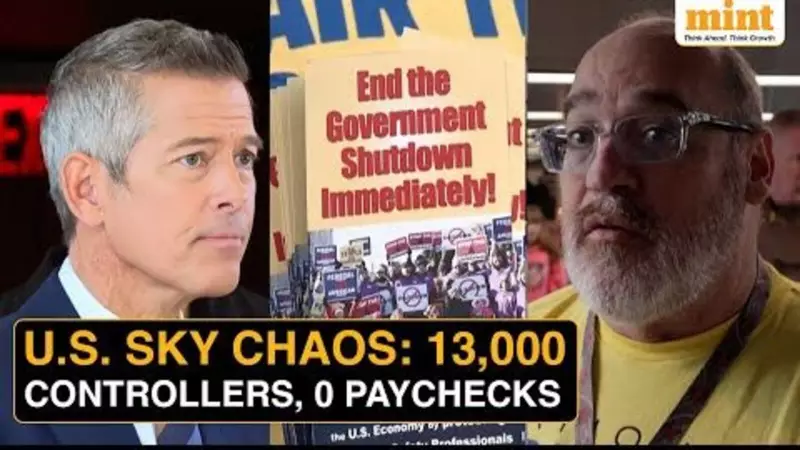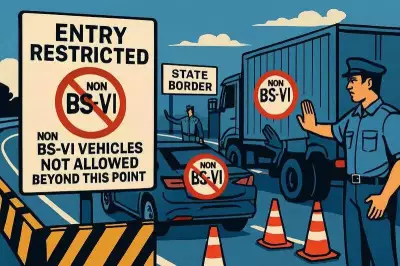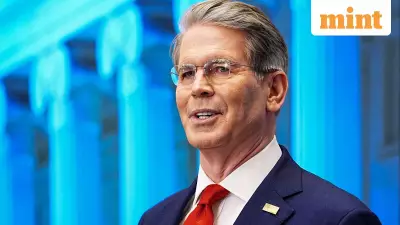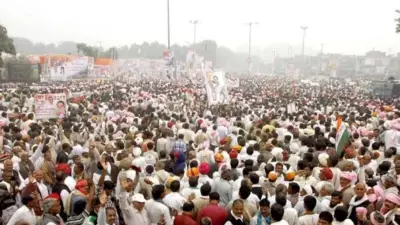
The ongoing US government shutdown has pushed the nation's aviation system to the brink of collapse, with unpaid air traffic controllers resorting to desperate measures to make ends meet. These highly skilled professionals, responsible for the safety of millions of air travelers, are now taking up second jobs as the financial strain becomes unbearable.
Financial Desperation Takes Hold
With paychecks frozen indefinitely, many controllers are turning to gig economy jobs to feed their families and pay bills. Reports indicate controllers are working as Uber drivers, bartenders, and retail workers during their off-hours from their high-stress government positions. This unprecedented situation raises serious concerns about fatigue and concentration levels among those managing the nation's crowded skies.
Safety Concerns Mount
The aviation system is showing clear signs of strain as the shutdown enters its record-breaking duration. Key safety indicators are becoming alarming:
- Increased numbers of controllers calling in sick due to financial stress
- Critical training and certification programs suspended
- Equipment maintenance and upgrades delayed indefinitely
- Morale at historic lows among aviation safety personnel
Domino Effect Across Aviation
The crisis extends beyond air traffic controllers to TSA agents and other essential aviation workers. Many TSA employees are also working without pay, leading to increased sick calls and staffing shortages at security checkpoints. Major airports are experiencing longer security lines and operational challenges as the situation deteriorates.
System Nearing Critical Point
Aviation experts warn that the system cannot sustain this level of stress indefinitely. The combination of unpaid essential workers, suspended safety programs, and deteriorating morale creates a perfect storm that threatens the world's safest aviation system. Industry leaders are calling for immediate resolution before a serious incident occurs.
The situation represents not just a political impasse but a genuine threat to public safety that grows more severe with each passing day of the shutdown.





